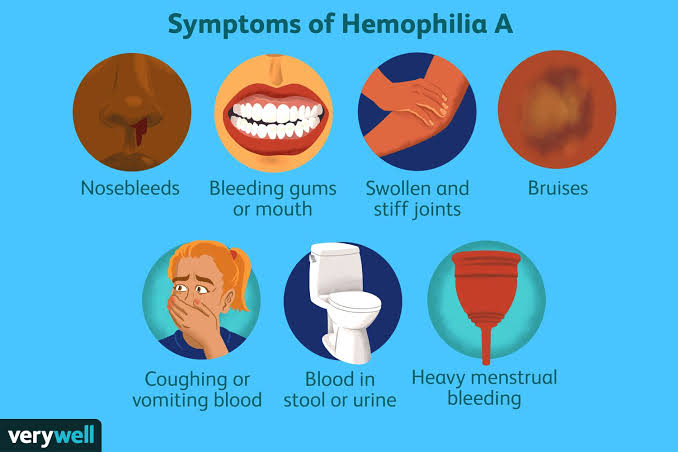
What is hemophilia?
Hemophilia, or hemophilia, is a congenital bleeding disorder that affects males and very rarely females. Hemophilia types A and B affect about 200,000 to 300,000 people in the world.
Patients with hemophilia type A suffer from a partial or complete deficiency or defect in the production of the blood clotting protein or factor FVIII, while those with hemophilia type B suffer from the same problem with factor FIX. The degree of hemophilia is “severe” when the activity of the affected clotting factor (FVIII or FIX) is less than 1% of normal. While “mild” hemophilia is when the effectiveness of the affected clotting factor is greater than 25% but less than the normal rate. “Moderate” hemophilia occurs when the effectiveness of the clotting factor ranges between 1-5% of the normal rate. About 50% of patients suffer from severe hemophilia who need treatment for bleeding several times a month.
Severe hemophilia symptoms usually appear in the first year of an affected person’s life – often as soon as the child begins to move.
Bleeding usually occurs in the joints (particularly in weight-bearing joints such as the knee and ankle), and if left untreated, the disease may lead to excruciating pain, permanent damage, and disability. (There is mild or moderate bleeding, or the threat of disabling bleeding, which may affect the muscles, internal tissues, the digestive tract, or even the brain.) Also, any trauma, minor or major surgery, or tooth extraction in people with hemophilia may require medical intervention to prevent or treat the bleeding that may occur.
———
And the most common introduction to this disease I can say
In short, hemophilia is a disease that prevents clotting (blood clotting). Large bleeding occurs from a small wound, even after taking an injection, bleeding occurs for half an hour or more. Bleeding also occurs for no reason under the skin, from the nose, or at the site of a moderate bump on the skin or from the intestine.






